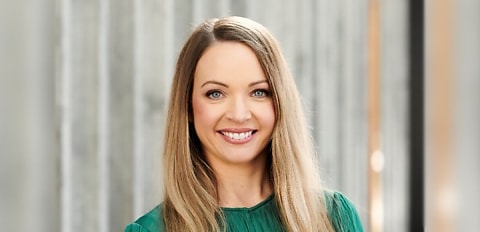Domain’s latest Rent Report for the September quarter revealed that Australia’s rental market extended its record-breaking streak of consecutive increases, pushing rents to fresh new highs.
The data showed that the combined median weekly asking rent for houses in the capital cities was at $600, which is an increase of over 13 per cent from last year, and $600 for units, representing an increase of over 23 per cent from last year.
Despite the continual rise across most capital cities, the pace of rental growth has eased over the September quarter compared to the previous quarter.
This came as rental supply has suffered due to sustained development undersupply and investors selling under holding pressure costs.
Dr Nicola Powell, Domain’s chief of research and economics, said: “It is important to recognise that it is unusual for rent gains to decelerate when Australia’s vacancy rate is at a record low.
“This suggests an affordability ceiling is being reached as strained tenant budgets cannot keep pace with escalating rents and living costs.
“These dynamics are likely to have led to a reconsideration of house shares or opting for a more affordable location, property type or size with recent RBA research suggesting that the average number of people per dwelling is rising.”
As Australia grapples with a housing crisis, governments are implementing measures to boost housing supply, with Victoria recently setting a new 10-year housing plan, including a 7.5 per cent levy on short-term accommodation providers to increase long-term supply.
In addition, incoming Victorian Premier Jacinta Allan plans to further increase pressure on investors by expanding the vacant residential land tax to include empty homes, in a bid to bring more empty homes onto the housing market.
Furthermore, the NSW government has announced its intention to grant the Byron Shire Council, located on the NSW North Coast, the authority to tighten restrictions on short-stay accommodation, limiting them to 60 days per year, down from the previous allowance of 180 days.
Ms Powell explained that in order to balance the rental market and achieve a healthy vacancy rate of 2–3 per cent, Australia needs 40,000–70,000 additional rentals.
However, there is no “quick fix to ease the competitive rental market”, as many factors are at play, highlighting the importance of investors in the mix.
“[Investors] are currently reluctant to hold debt with rising costs, as evidenced by the falling annual investor share of new lending,” she said.
“Discussions of higher taxes in Queensland and Victoria will only act as a deterrent for future investors who seek certainty.
“While it might help boost overall supply and raise revenue for social and affordable housing, this could create negative sentiment among investors, discouraging them from entering the rental market even further.
“In a time of increasing demand, policies should aim to encourage investors and not disincentivise them.”
Rental gains across the capitals
The rental landscape varies across the major cities, with house and unit rents in Sydney, Melbourne, Brisbane, Adelaide, and Perth reaching historic highs, along with house rents in Darwin.
Sydney continues to hold its position as Australia’s most expensive city for both house and unit rentals, with house asking rents increasing for the third consecutive quarter, reaching a record high of $720 per week.
Melbourne has witnessed a streak of eight consecutive quarters of rising house and unit rents, establishing a record for the city.
This surge has propelled the median house rental to $550 per week.
As such, Melbourne has relinquished its title as the most affordable city for renting a house, ceding it to Hobart.
Additionally, Brisbane has recently become the second most expensive city to rent a unit, sharing this status with Canberra.
Brisbane’s house rental market saw a slowdown in rent growth during the September quarter, rising at approximately half the pace of the previous quarter. Nonetheless, the weekly asking rent has reached a record high median of $590.
Adelaide has experienced a record-breaking streak of rising rents, with the thirteenth consecutive quarter of increases pushing weekly rents to $550.
In Perth, there is an unprecedented, continuous surge in rental prices, with house rents increasing for the eighth consecutive quarter and unit rents for the fifth. This surge has resulted in both median house ($600) and unit rents reaching new record highs.
On the other hand, Canberra’s house rents have declined for a second consecutive quarter, marking the steepest quarterly drop in a decade and the most substantial annual decline since mid-2014. This decline has lowered the median housing rental price to $655 per week.
Ms Powell noted that the variations in these rental markets are influenced by supply levels, demographic shifts, and migration trends.
Looking ahead, she noted: “Our largest capital cities are expected to experience significant net overseas migration, which, in part, may explain the resurgence in Melbourne rents.”
[Related: Investors will turn away from Victoria due to expanded tax: REIV]

